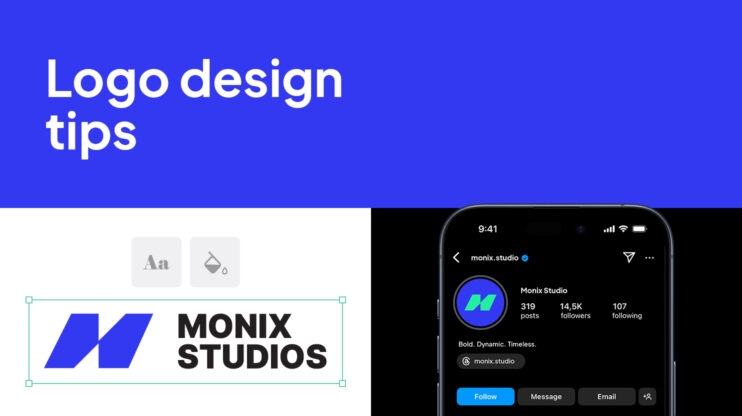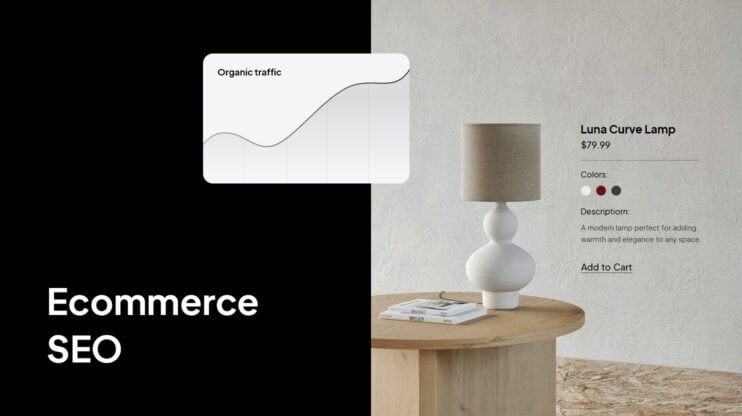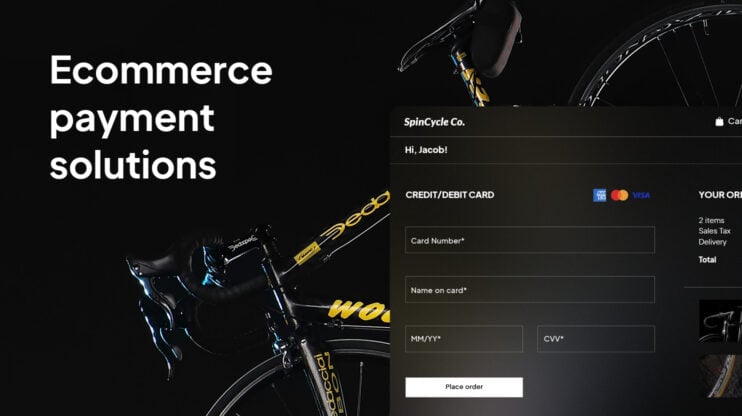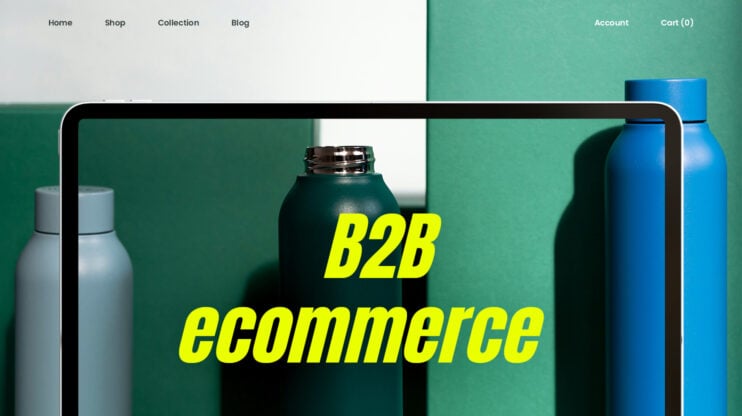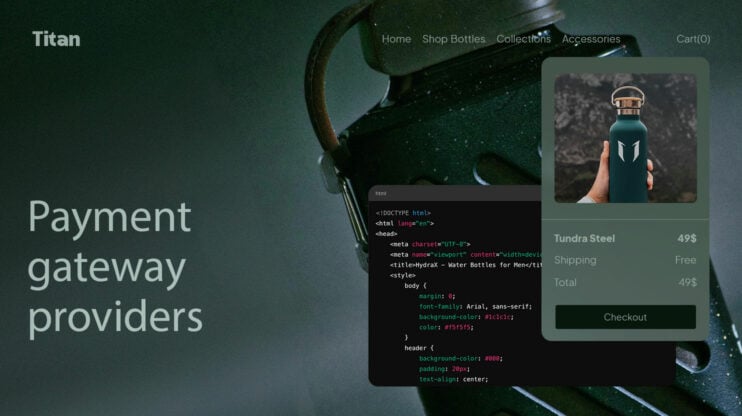A white-label website builder service is a complete delivery model that allows agencies, SaaS platforms, and hosting providers to offer branded website creation under their own name. Instead of sending clients to an external platform, you control the builder, the experience, and the relationship from start to finish.
That shift has quietly redefined how digital businesses scale. Capabilities that used to require separate tools can now be managed through one automated platform. Partners using solutions like 10Web’s White-Label Website Builder are building their own SaaS platforms, giving clients an all-in-one experience while maintaining full brand control.
For agencies, that means consistent design standards, faster delivery, and recurring revenue from ongoing hosting or management. For SaaS providers and hosting companies, it opens a path to add a website-creation layer on top of existing offerings, without building new infrastructure.
How a white-label website builder service works
A white-label website builder service turns your agency or platform into a fully managed website creation engine. The process typically runs from lead to live site, with automation, AI, and branded interfaces connecting each step.
A standard flow begins when a client signs up or is onboarded into your branded builder. Your team can guide them through the setup or let automation handle most of it, collecting business details, design preferences, and content. The AI-powered system then generates a site framework that your team can refine, approve, and launch.
Behind the scenes, you manage this entire process inside your own dashboard. Depending on your setup, you can choose to handle design internally or empower clients to make content edits themselves.
White-label website builder services make this flow seamless by combining AI website generation, hosting, and client management tools in one place. That means you spend less time on production and more on scaling the service.
Integrating the builder into agency operations
Bringing a white-label website builder into your business reshapes how projects flow through your team. Each partner approaches integration differently, but the most successful ones treat the builder as a core system, not a side tool.
For agencies, this often means using the builder to unify client intake, design, and delivery under one roof. Instead of juggling multiple tools for hosting, approvals, and site edits, everything moves through a single branded dashboard. Designers and account managers can collaborate inside the same environment where clients view progress, keeping the process transparent without revealing your backend.
SaaS platforms and hosting providers take a slightly different approach. They typically embed the builder within their existing offerings, adding a “Create Your Website” layer that feels native to their product. With 10Web’s white-label capabilities, that integration can range from AI website design functionality to deeper API-based automation where client signups, billing, and hosting are fully synchronized.
The takeaway is that integration isn’t one-size-fits-all. You define how hands-on your team wants to be, what the client sees, and which parts of the process are automated. The goal is to make the builder feel like it’s always been part of your ecosystem, both for your staff and for your clients.
Step-by-step workflow breakdown
Every white-label website builder service follows the same general rhythm, from client intake to launch, but what happens inside each step depends on how you choose to structure it. The key is flexibility: automation where it adds speed, and human input where it adds value.
- Client intake
The process starts with how clients enter your system, through your branded signup flow, a sales handoff, or an internal project form. This is where your platform’s first impression happens. Many partners use 10Web’s automation to gather key details like industry, goals, and preferred style during signup. The builder’s AI engine uses these details to generate a tailored layout and structure. - Content collection
Next come elements such as logos, images, and messaging. For example, with the White-Label Website Builder, clients and your team have access to a palette of AI-powered tools for branding and content creation. - Design and review
Your team can adjust the AI-generated layout, swap templates, or add brand assets. This stage is where internal QA and client feedback loops take place. Because everything lives inside one platform, changes are reflected instantly without developer intervention. - Final QA and launch
Once the design is approved, the site goes through your final checks. Launching is as simple as hitting publish, and because hosting is built in, you avoid the handoff friction that can slow delivery. - Client education and ongoing management
After launch, clients can log in to their branded dashboard to make updates, request support, or access add-on services. For your team, this creates a clear system for recurring work, with hosting, maintenance, SEO, or care plans , all inside the same white-label environment.
From start to finish, everything moves through one ecosystem: your brand, your process, your client experience.
Delivering a branded client experience
The most powerful advantage of a white-label website builder service is that it allows your clients to experience your brand at every step, not the underlying platform. From the moment they log in, the dashboard, domain, and communication touchpoints all reinforce your identity and the value you deliver.
A branded experience starts with visuals: your logo, colors, and domain define the environment clients interact with. But beyond design, it’s about how the system feels. With 10Web’s white-label setup, partners can shape everything from the onboarding language to the dashboard layout, so it mirrors the tone and process clients already associate with their agency or platform.
Transparency is another important layer. Clients should feel like they’re getting direct access to “their” website system, not a hidden third-party tool. That’s why many partners use the builder to create a seamless sense of ownership, where clients can edit content, view analytics, or request updates without ever leaving your branded space.
This level of control deepens loyalty. When clients log in and see your brand powering their website, it positions your business as the platform they depend on. That’s the long-term value of delivering a white-label service.
Choosing the right provider or partner
Selecting a white-label website builder is one of the most important decisions you’ll make when building out your service. The right partner determines not only what features you can offer, but how smoothly your team can operate behind the scenes.
When evaluating providers, start with reliability and scalability. Your platform should support thousands of client sites with consistent uptime and performance, all while maintaining the flexibility to grow as your service model evolves. Built-in hosting and optimization, like what powers 10Web’s White-Label Website Builder, remove the friction of managing separate infrastructure.
Integration depth is equally critical. Look for open APIs, automation options, and billing tools that fit your existing systems rather than forcing new ones. The best solutions adapt to your workflow, allowing you to customize onboarding, user permissions, and even pricing logic through API connections or custom dashboards.
Finally, consider the level of white-labeling available. True white-label means more than replacing a logo. It includes branded domains, emails, and dashboards that fully match your business identity.
The right platform gives you the tools and flexibility to grow your own ecosystem, one where your clients feel at home with your brand, and your team has everything it needs to deliver at scale.
Pricing & profit margins
Profitability in a white-label website builder service comes from how you structure value, not how much you charge per site. The builder provides a foundation for the new products and features you layer on top, creating new recurring revenue streams.
- Think in recurring value, not one-time projects.
Most partners shift from project-based pricing to subscription models. Instead of charging once for a website, they build monthly or annual plans that combine hosting, updates, and support. This transforms your revenue from unpredictable to compounding. - Layer your services for scalable profit.
Add-ons like SEO, analytics, and care plans turn your builder into a platform that grows with each client. The key is packaging. Group recurring tasks under clear service tiers so clients see the value and you maintain predictable income. - Balance automation with personal touch.
Automation keeps delivery efficient, but clients still value human guidance. The sweet spot is letting automation handle routine work, like updates, backups, and performance, while your team focuses on strategy and design consultation. That’s where margins expand. - Price for ownership and brand strength.
Pricing should reflect the exclusivity of your branded platform. When clients view you as their long-term digital partner, your price point becomes about trust, not templates. - Model your margins for longevity.
Each plan should comfortably cover builder costs, account for support hours, and leave room for growth. Partners using white-label solutions often reinvest early profit into automation or client acquisition, creating compounding returns over time.
Smart pricing improves cash flow while strengthening positioning. You’re operating a scalable service model where every new client adds recurring value to your business.
Ongoing maintenance & growth
Once your white-label website builder service is running smoothly, growth comes from consistency, maintaining quality, improving efficiency, and expanding your services and products without overextending your team.
Maintenance is the hidden growth engine. Every client site you host or manage is an ongoing relationship. Regular updates, analytics reviews, and performance optimization aren’t just upkeep, they’re reasons for continued engagement. The more predictable your maintenance cycles are, the easier it becomes to forecast revenue.
Automate where it reinforces reliability. Automated updates, security checks, and performance monitoring keep your service stable while freeing your team for creative or high-value work. With a system like 10Web’s White-Label Website Builder, maintenance and optimization are built in, so clients experience uptime and speed improvements without constant intervention.
Expand by deepening, not multiplying. Many partners find that the best growth path isn’t launching dozens of new products, but rather adding value around the builder, including marketing tools, ecommerce, SEO, or AI content support. Every additional service increases your average revenue per client while strengthening loyalty.
Keep evolving the client experience. Your platform shouldn’t feel static. As you refine your internal workflows or branding, update your client dashboard and communications to reflect that same evolution. It reinforces that your brand, not the underlying tech, is what makes their digital presence thrive.
In a well-run white-label operation, growth feels natural. Each new client benefits from your established system, while automation and branding make it easier to deliver more value with the same resources. That’s how white-label partners turn managed services into scalable ecosystems.
Building a scalable, branded website service model
Running a white-label website builder is about rethinking how your business delivers digital value. By combining automation, branding control, and client experience under one system, partners create a repeatable model that scales without sacrificing quality.
Whether you’re an agency, SaaS platform, or hosting provider, the opportunity lies in owning the process, shaping how websites are built, managed, and experienced through your brand. Platforms like 10Web’s White-Label Website Builder make that possible by merging AI automation, hosting, and management into a cohesive ecosystem your clients never outgrow.
FAQ
What does a “white label website builder service” include beyond the tool itself?
How do we integrate the builder into existing operations without disruption?
How should we think about pricing and profit margins?







